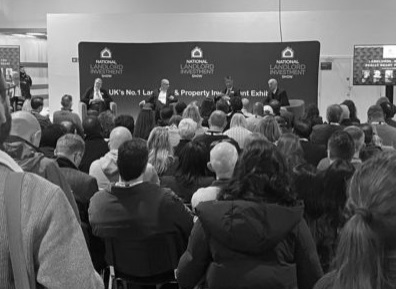
A prominent industry supplier says greater clarity over what constitutes fair Wear and Tear would slash the number of end-of-tenancy disputes.
The Association of Independent Inventory Clerks says landlords who are unable to distinguish between fair wear and tear and genuine damage are likely to raise disputes; often they may have no record of their home pre-tenancy, which makes it more likely they will lose disputes, even if their case is justified.
Damage caused by negligence does not fall under Wear and Tear but items, fittings, or fixtures that have been worn through natural use would be classified this year.
And when this is assessed, average useful lifespan of the item, expected usage of such an item, who is renting the home and the length of the tenancy are all considered.
Daniel Evans, chair of the AIIC, explains: “Landlords and tenants must educate themselves on the differences between fair wear and tear and damage. Disputes that confuse the two cause unnecessary hassle among all parties involved.”
“The criteria for deposit deduction must be properly understood before raising any disputes. The underlining rule is that deposits cannot be kept for damage caused by fair wear and tear.”
“This criteria ultimately seeks to protect and prevent the landlord from ending up in a better position than they would otherwise have been. We encourage tenants to familiarise themselves with wear and tear and report any damage they find right away. We also recommend landlords to make sure every tenancy agreement is accompanied by a professional inventory.”
The AIIC is adamant that relying on inventory clerks trained to understand fair Wear and Tear can protect tenants and landlords and reduce unnecessary disputes.
Mydeposits reports that in 2021 rental deposit disputes between landlords and tenants amounted to a costly £27m - an average of £1,005 per tenancy.
Evans insists that money wasted due to unnecessary disputes could be reduced if better understanding of fair Wear and Tear existed.
Evans continues: “Inventories are the only viable source of protection for all parties when determining if the damage is beyond fair wear and tear. These allow the issue to be easily identifiable among landlords and adjudicators. We recognise that deposit disputes cannot be prevented altogether but if issues arise, the only way to ensure the right amount of money from the deposit is received is by relying on an inventory.”
We're excited to announce that we're working on building a shiny new website for readers of Landlord Today! As part of this process, commenting on articles will be temporarily disabled. We look forward to sharing our new and improved Landlord Today website with you shortly!






.png)

(1).png)







.jpg)






%20(002).png)





